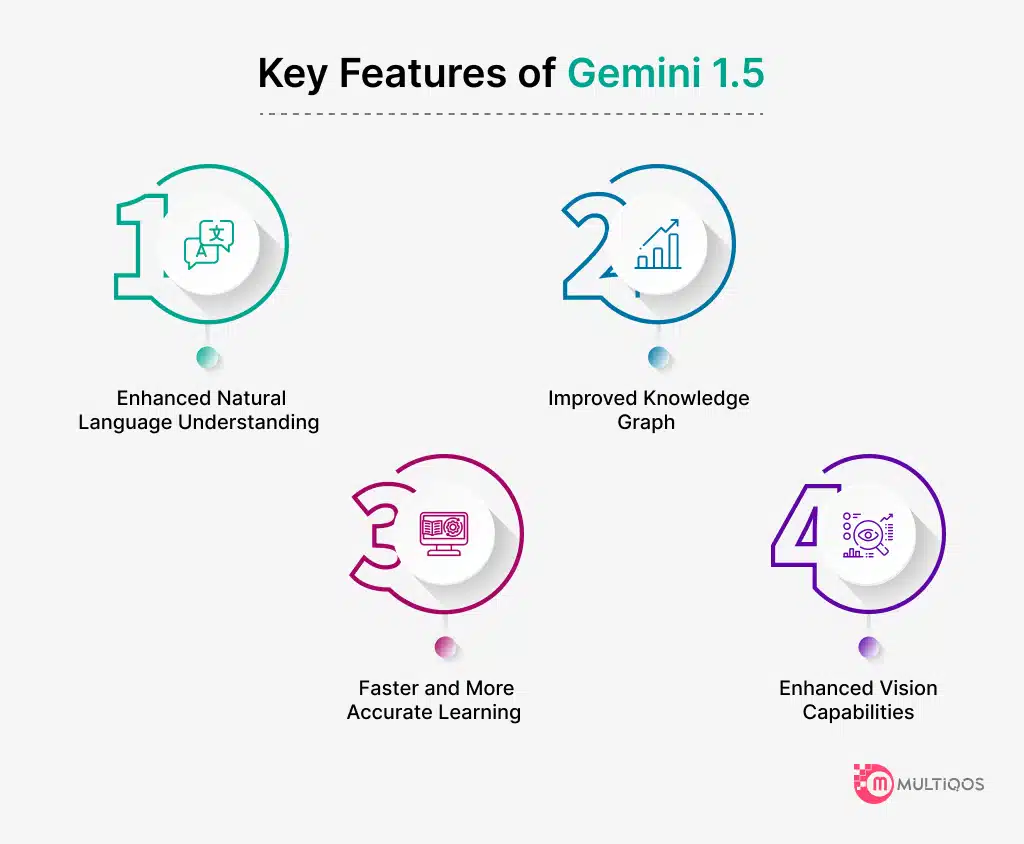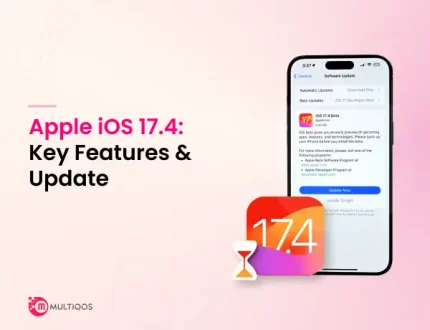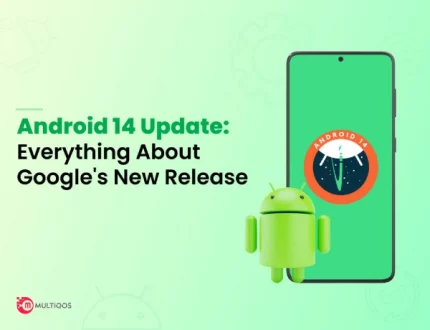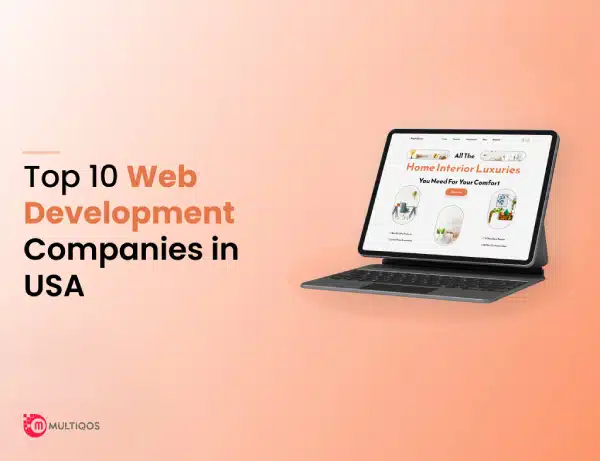Google New AI Gemini 1.5 – What’s the Big Deal?
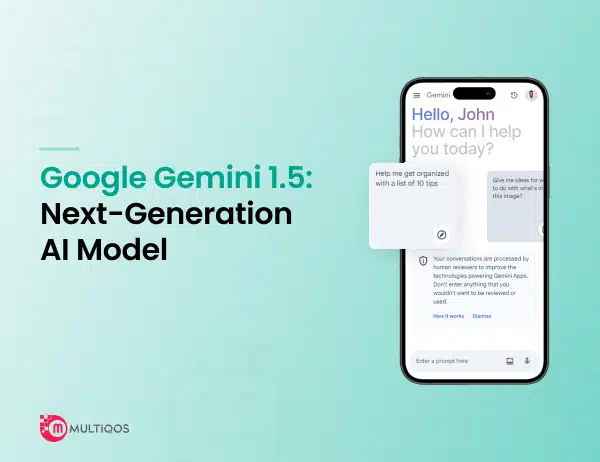
You’ve gotta check out Google’s latest Al tech. The tech giant just unveiled Gemini 1.5, the most advanced chatbot yet. We’re talking serious innovation here – this Al can understand context, admit mistakes, and hold complex conversations.
And get this – it was all developed in-house at Google!
Wild right?
Just imagine chatting with an Al that gets your jokes and movie references. Gemini 1.5 may not be perfect, but it’s a huge leap forward. Sit back and let your mind boggle at the possibilities.
This launch could change the game for how we interact with Al. One thing’s for sure, the future just got a whole lot smarter thanks to the geniuses at Google.
Google Unveils Revolutionary Gemini 1.5 AI Model
Google recently announced Gemini 1.5, the latest version of their groundbreaking Al technology. This new iteration represents a massive leap forward in Al’s capabilities and is poised to transform how we live and work.
Under the guidance of Google CEO Sundar Pichai, the business company has advanced the statistical processing of its models, with Gemini 1.5’s status as a significant milestone in the development of artificial intelligence.
Gemini 1.5 is adept at handling up to a million tokens, claiming to have the widest pop-up among the large core models currently available. In addition, Google’s Gemini artificial intelligence transforms the personalization of content by leveraging user information and behavior.
This allows publishers to personalize content on a personal level, thereby improving user engagement and satisfaction.
Gemini AI goes a step further by incorporating personalized content and introducing interactive elements to embellish user studies.
Wondering what else Gemini AI has to offer? Explore more in the nearest weblog.
-
Natural Language Processing
Gemini 1.5 features state-of-the-art natural language processing, allowing it to understand nuanced human speech with stunning accuracy. Its neural networks have been trained on huge datasets, enabling Gemini 1.5 to comprehend complex sentences, detect subtle meanings, and engage in lifelike conversations.
This sophisticated NLP will power the next generation of Google Assistant and revolutionize how we interact with technology.
-
Computer Vision
Gemini 1.5 also boasts advanced computer vision, which gives it human-level visual perception. Using deep neural networks, Gemini 1.5 can identify objects, scenes, and people in images with superhuman precision.
Its computer vision skills will drive improvements in products like Google Lens, Google Photos, and Waymo self-driving cars. The possibilities for computer vision are endless and will shape the future of fields like healthcare, education, and more.
-
Generative Models
Gemini 1.5’s generative models produce photorealistic images, videos, speech, and text that seem remarkably authentic. These Al-generated synthetic media can be used to enhance privacy, improve training data for other models, and unlock new creative possibilities for artists and designers.
However, they also raise important questions about misinformation that researchers will need to grapple with.
Overall, Gemini 1.5 represents a massive breakthrough in Al that will accelerate progress in natural language processing, computer vision, generative models, and beyond.
This technology will drive the next wave of Al innovation and push the boundaries of what’s possible, changing our lives in the process. The future is bright with Gemini 1.5 leading the way.
Key Capabilities and Features of Gemini 1.5
Gemini 1.5 comes with some exciting new capabilities that showcase the rapid progress in Al. Some of the key features you can expect are:
-
Enhanced Natural Language Understanding
Gemini 1.5 has a far more advanced natural language understanding system. It can comprehend complex sentences, detect nuance and subtlety in language, and understand context to determine the meaning. This allows Gemini 1.5 to have more engaging and helpful conversations.
-
Improved Knowledge Graph
Gemini 1.5 has an expanded knowledge graph with billions of facts about the world. This broader and deeper knowledge base means Gemini 1.5 can answer more of your questions accurately while connecting information in new ways.
Gemini 1.5 understands relationships between people, places, organizations, and events to provide insights you might not uncover on your own.
-
Faster and More Accurate Learning
Gemini 1.5 has a new neural network architecture that allows it to learn faster from interactions, data, and feedback. This means Gemini 1.5 can adapt quickly to your needs and preferences, personalizing its knowledge and responses for you.
Gemini 1.5 also has improved algorithms for verifying facts and evaluating the accuracy of its knowledge and responses. It can determine when its knowledge or confidence levels are low and proactively ask clarifying questions.
-
Enhanced Vision Capabilities
Gemini 1.5 has enhanced computer vision capabilities, including improved image recognition and classification. It can identify more objects, scenes, and actions in images with higher accuracy.
Gemini 1.5 also has new skills for generating image descriptions and captions that are more detailed and contextually relevant. These vision capabilities allow Gemini 1.5 to understand and respond to more types of visual information.
Gemini 1.5 represents a massive leap forward in Al technology. With its advanced capabilities around natural language, knowledge, learning, and vision, Gemini 1.5 will enable more natural and helpful interactions.
While still limited in some ways, Gemini 1.5 demonstrates how far Al has come and its promising potential for the future. The capabilities of Gemini 1.5 are a glimpse into the Al of tomorrow that will transform how we live and work.
How Gemini 1.5 Advances Conversational Al
Gemini 1.5 represents the next frontier of Google’s conversational Al. This updated version has been engineered to understand natural language even better and respond like a human in a casual conversation.
-
Enhanced Natural Language Comprehension
Gemini 1.5 leverages Google’s latest neural networks to gain a deeper grasp of language. It can now understand complex sentences with multiple clauses as well as subtle meanings and nuances in conversations.
Gemini 1.5 is also able to determine context and understand references to previous parts of a conversation to follow along and respond appropriately.
-
More Human-Like Responses
With Gemini 1.5, responses feel more natural and flow like an authentic conversation. It generates replies that match the tone and formality of the user to come across as caring and empathetic.
Gemini 1.5 also incorporates appropriate pauses, filler words (like ‘um’ or ‘you know’), and reactions (such as ‘wow’ or ‘oh really?’) into responses to mimic human speech.
-
Continually Learning and Improving
A key capability of Gemini 1.5 is that it never stops learning. Every conversation helps Gemini 1.5 expand its knowledge and refine responses. It learns from interactions to better understand users and determine their needs.
Over time, Gemini 1.5 gets to know regular users and can personalize responses based on past conversations as well as preferences and interests.
Gemini 1.5 brings Google’s Al technology to the next level with enhanced language skills and more natural, human-like conversations.
While still matching human intellect, Gemini 1.5 gets us closer to seamless and truly helpful Al interactions. The future of Al looks bright, and Gemini 1.5 lights the path ahead.
Potential Applications and Use Cases for Gemini 1.5
-
Personalized Al Assistants
With Gemini 1.5’s advanced natural language understanding capabilities, companies can develop highly personalized Al assistants that understand users’ unique needs, preferences, and ways of speaking.
These Al assistants can handle various tasks like scheduling appointments, controlling smart home devices, recommending products, and more.
-
Automated Customer Service
Gemini 1.5 can power automated customer service systems that can understand customers’ questions and respond helpfully. Its ability to understand nuanced language and infer context allows it to handle a wide range of customer queries.
Automated customer service powered by Gemini 1.5 can help companies reduce costs while improving the customer experience.
-
Advanced Analytics
Gemini 1.5’s natural language understanding abilities open up new possibilities for gaining business insights from unstructured data like customer feedback, support tickets, product reviews, and social media.
Companies can analyze this data to identify trends, understand customer sentiment, and make data-driven business decisions. Gemini 1.5 makes it possible to draw useful insights from huge volumes of unstructured data.
-
Content Creation
Gemini 1.5 shows promise for automatically generating coherent long-form content like blog posts, articles, and even books. While still an emerging application, Gemini 1.5 could help content creators and publishers scale their operations and generate higher volumes of high-quality content.
The key will be ensuring that Al-generated content is factually accurate, coherent, and aligned with the creator’s goals.
With continued progress, Gemini 1.5 and future iterations may ultimately transform how we interact with technology and gain a deeper understanding of the world around us.
However, we must ensure its development and use align with human values like inclusiveness, empathy, and the greater good of humanity. Overall, Gemini 1.5 represents an exciting step forward in Al that could drive innovation across many industries.
The Future of Al: What’s Next After Gemini 1.5
As artificial intelligence continues to adapt, the recent creation of Gemini 1.5 by Google marks a huge milestone in the development of this field.
This state-of-the-art model, built on deep learning strategies, demonstrates the ability of artificial intelligence to end up extremely sophisticated, flexible, and broadly relevant.
But the fate of AI extends far beyond Gemini 1.5, with researchers and developers exploring new frontiers in unsupervised learning, switch learning, and preferred artificial intelligence (AGI).
-
Continued Progress in Deep Learning
Artificial intelligence has come a long way, but it still has a long way to go. Gemini 1.5 shows how far deep learning techniques have advanced Al, but researchers will continue improving deep learning models to achieve human-level intelligence.
Future models will become far more sophisticated, requiring massive datasets and computing power to train them.
-
Advancements in Unsupervised Learning
Most Al today relies on supervised learning, where models are trained on labeled datasets. Unsupervised learning, where models find patterns in unlabeled data, is still limited but holds promise.
Future Al may get better at unsupervised learning, allowing systems to detect complex patterns and anomalies without being explicitly told what to look for. This could enable open-domain chatbots, advanced medical diagnostics, and more.
-
Transfer Learning and Meta-Learning
Al models today require huge amounts of data to train for a single task. Transfer learning and meta-learning techniques will allow models to apply knowledge from one domain to new domains with little data.
This will make Al far more flexible, efficient, and widely applicable. A single model could learn a variety of natural language, vision, and motor skills.
-
General Artificial Intelligence
Narrow Al has limited, specialized intelligence, while general Al, or artificial general intelligence, has broad, human-like intelligence. AGI is still quite challenging and likely many years away.
However, continued progress in deep learning, unsupervised learning, transfer learning, and other techniques will ultimately pave the way for artificial systems with general intelligence.
When and if achieved, AGI would represent a massive leap forward, with huge potential benefits and risks that researchers are actively addressing.
The future remains unclear, but Al will undoubtedly continue its rapid progress in the coming years and decades. With careful management and oversight, this progress can be guided to build Al that is robust, fair, and aligned with human values.
The future looks bright, as long as we’re thoughtful about how we get there.
Boost Your Business with Our Advanced AI Development Services.
We offer tailored AI solutions to enhance workflows and strengthen business infrastructure.
FAQ on Gemini 1.5 AI Model
Two months post the debut of its Gemini generative AI model, Google has commenced the release of a revised edition of its multi-modal model, accommodating text, image, and audio interactions.
Present in three options, Nano, Pro, and Ultra, Gemini 1.5 Pro marks Google’s inaugural model extended for preliminary trials.
Gemini 1.5 introduces advancements in its neural network architecture and training methodologies, resulting in better performance across a range of tasks. It offers finer control over generated outputs and improved adaptability to user inputs.
Google Gemini begins its operation by undergoing extensive training on a vast dataset. Following this training phase, the model employs various neural network methods to comprehend content, respond to queries, generate text, and generate outputs. In particular, the Gemini LLMs utilize a neural network architecture based on transformer models.
Gemini demonstrates a slight edge in crafting technical code, yet it falls short compared to ChatGPT when it comes to serving as a conversational interface for building and experimenting.
For more information about Gemini 1.5, including technical documentation, case studies, and updates, users can visit Google’s official website, AI blog, or follow Google’s social media channels for the latest announcements and insights.
Get In Touch

